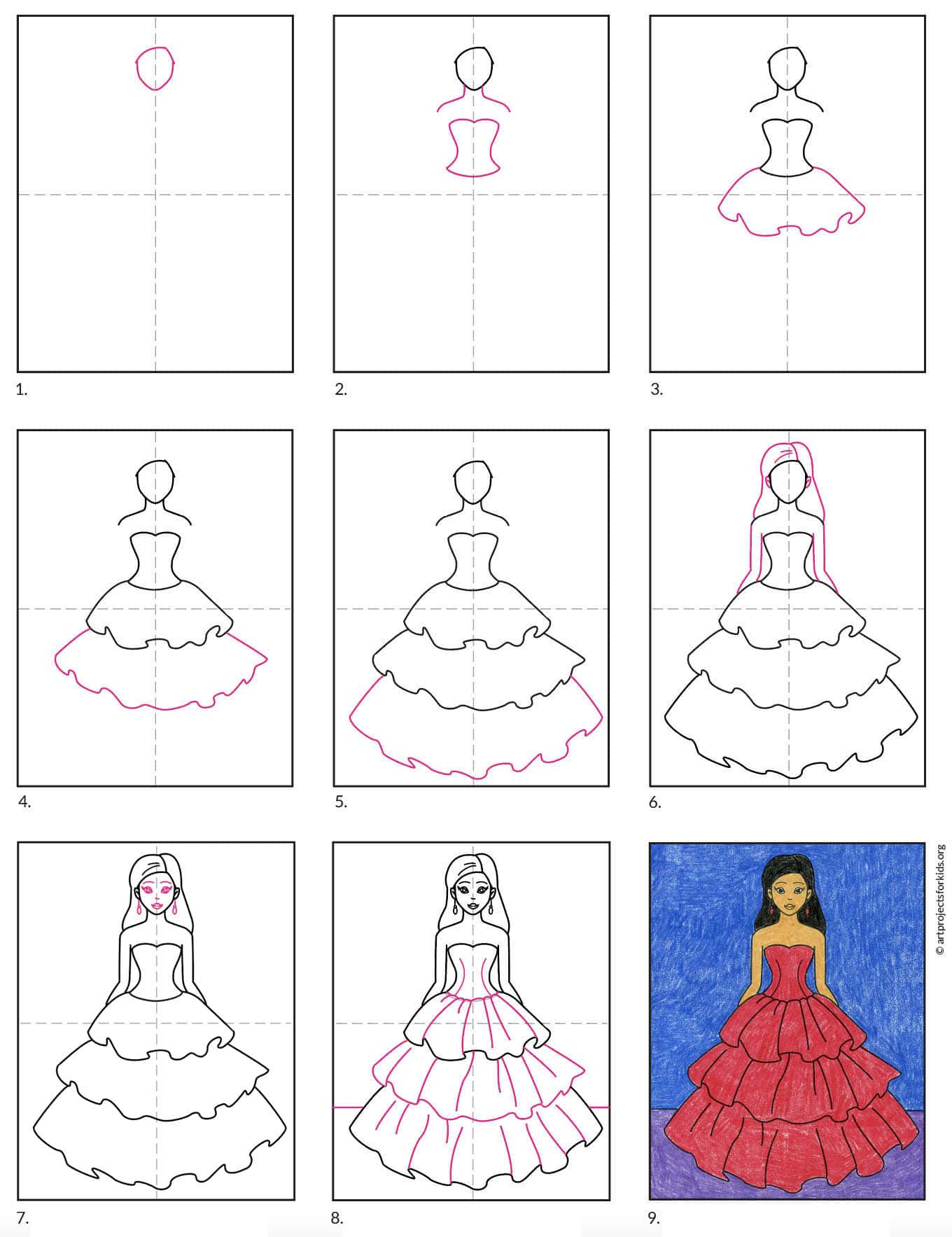Brachial plexus draw choose board therapy step physical
Table of Contents
Table of Contents
If you’re studying anatomy, the brachial plexus is an important structure to understand. It’s a network of nerves that originates from the spinal cord in the neck and travels down the arm. Learning how to draw the brachial plexus can be challenging, but it’s essential for anyone pursuing a career in fields like physical therapy or medicine.
Trying to memorize the brachial plexus without understanding its structure can be frustrating. Many students struggle to draw the brachial plexus accurately because they don’t know where to start, or how to connect its various parts. This can be especially challenging for visual learners who need to see the structure in order to understand it.
How to Draw the Brachial Plexus
If you’re struggling with how to draw the brachial plexus, have no fear! We’ve compiled a list of tips and tricks to help you master this essential anatomy skill.
First, it’s important to understand the structure of the brachial plexus. This can be done through studying textbooks and anatomical diagrams. There are also helpful videos online that demonstrate the structure of the brachial plexus, such as those found on YouTube.
Once you have a basic understanding of the structure, try breaking it down into smaller parts. Start by drawing the individual nerves that make up the brachial plexus, and then connect them together as you go. Visualize how each nerve is connected to the others, and keep practicing until you can draw the brachial plexus accurately from memory.
Personal Experience with Drawing the Brachial Plexus
When I was studying physical therapy, I found the brachial plexus to be one of the most challenging anatomy topics to master. However, once I started breaking it down into smaller parts and really visualizing how the nerves were connected, everything started to click. Now, I can draw the brachial plexus accurately and with ease.
Tips and Tricks for Drawing the Brachial Plexus
One helpful tip is to use a color-coded system to help you visualize which nerves are connected to each other. You can also try drawing the brachial plexus from different angles to really solidify your understanding of the structure. And of course, practice makes perfect!
Understanding the Function of the Brachial Plexus
The brachial plexus is responsible for controlling movement and sensation in the arm, shoulder, hand, and fingers. It’s a complicated network of nerves, but understanding its function is essential for anyone hoping to pursue a career in fields like physical therapy or medicine.
Common Mistakes When Drawing the Brachial Plexus
One of the most common mistakes students make when drawing the brachial plexus is not understanding how the different parts connect to each other. It’s important to take your time and really visualize the structure in order to draw it accurately. Another mistake is not labeling the different nerves and their corresponding muscles, which is crucial for understanding the function of the brachial plexus.
Personal Experience with Mastering the Brachial Plexus
When I first started studying the brachial plexus, I found it to be incredibly intimidating. But by breaking it down into smaller parts and practicing consistently, I was able to master it over time. Now, I feel confident explaining its function to others.
Question and Answer
Q: What is the brachial plexus?
A: The brachial plexus is a network of nerves that originates from the spinal cord in the neck and travels down the arm.
Q: Why is it important to learn how to draw the brachial plexus?
A: Learning how to draw the brachial plexus is important for anyone pursuing a career in fields like physical therapy or medicine. It’s essential for understanding the function of the nerves that control movement and sensation in the arm, shoulder, hand, and fingers.
Q: What are some common mistakes when drawing the brachial plexus?
A: Some common mistakes include not understanding how the different parts connect to each other, not labeling the different nerves and their corresponding muscles, and not taking the time to really visualize the structure.
Q: How can I improve my ability to draw the brachial plexus accurately?
A: Practice is key! Try breaking down the structure into smaller parts, use a color-coded system to help you visualize the nerves, and draw the brachial plexus from different angles to solidify your understanding of the structure.
Conclusion of How to Draw the Brachial Plexus
Drawing the brachial plexus can be challenging, but with practice and persistence, anyone can master this essential anatomy skill. Understanding the structure and function of the brachial plexus is crucial for anyone pursuing a career in fields like physical therapy or medicine.
Gallery
How To Draw The Brachial Plexus | Physical Therapy Student, Physical

Photo Credit by: bing.com / brachial plexus draw choose board therapy step physical
Brachial Plexus Drawing - AlyssaafeHawkins

Photo Credit by: bing.com /
How To Draw The Brachial Plexus | Study With An SPT | Plexus Products

Photo Credit by: bing.com / brachial plexus spt
How To Draw The Brachial Plexus | Study With An SPT

Photo Credit by: bing.com / brachial plexus
Brachial Anatomy - Anatomy Book

Photo Credit by: bing.com / brachial anatomy plexus draw remember lifetime secs






